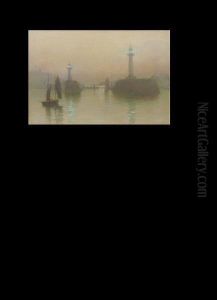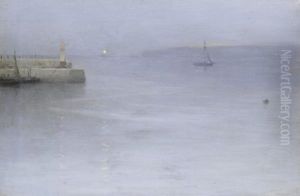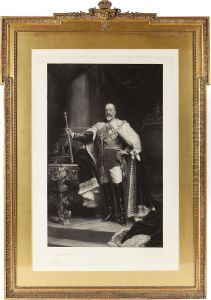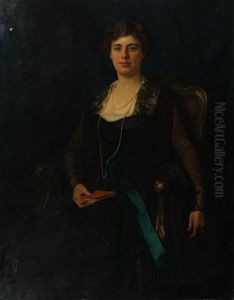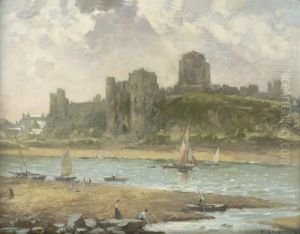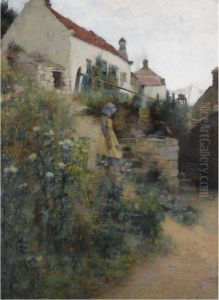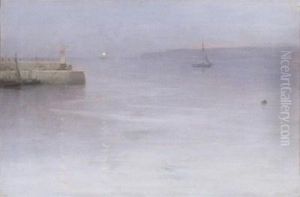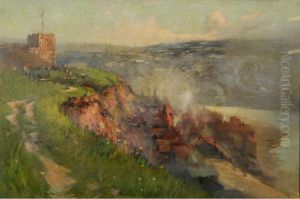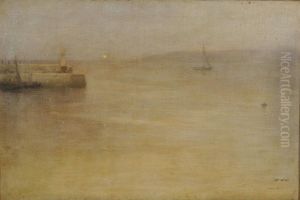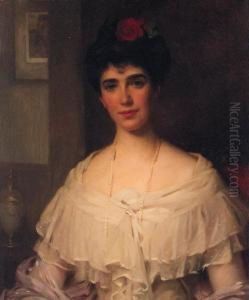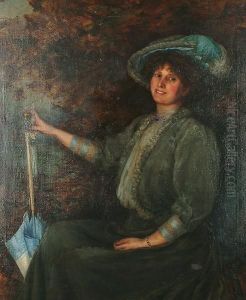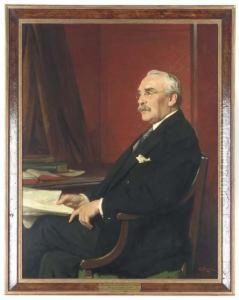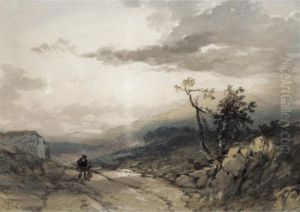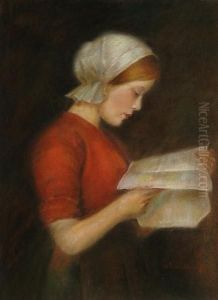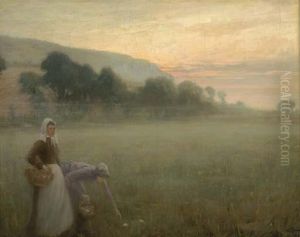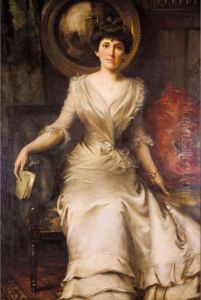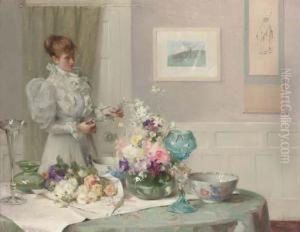William Samuel Henry Llewellyn Paintings
William Samuel Henry Llewellyn was a renowned British artist, born in 1858 in Cirencester, England. He was a prominent figure in the British art scene, best known for his portrait paintings. Llewellyn's education in art began at the South Kensington Art School, where he honed his skills and developed a distinct style that would later define his career. He furthered his education at the Royal Academy Schools, a prestigious institution that played a crucial role in his development as an artist. Throughout his career, Llewellyn received numerous accolades for his work. He was particularly celebrated for his ability to capture the essence and character of his subjects, which included many notable figures of his time. His portraits were characterized by their detailed realism and subtle use of color, qualities that made his work highly sought after. In 1911, his contributions to the arts were recognized when he was knighted by King George V. In addition to his success as a portrait painter, Llewellyn played a significant role in the British art community. He served as the President of the Royal Academy from 1928 until 1938, a position that allowed him to influence the direction of British art during a period of significant change. Under his leadership, the Academy navigated through the challenges of the early 20th century, including the impact of World War I on the artistic community. Llewellyn also contributed to the war effort by painting portraits of military leaders and documenting the war through his art. William Samuel Henry Llewellyn's legacy is preserved through his many portraits, which continue to be celebrated for their artistic excellence and historical significance. He passed away in 1941, leaving behind a body of work that remains influential in the study of British portraiture and the development of 20th-century art. His lifetime achievements highlight the important role that portrait artists play in capturing and preserving the cultural heritage of their time.
